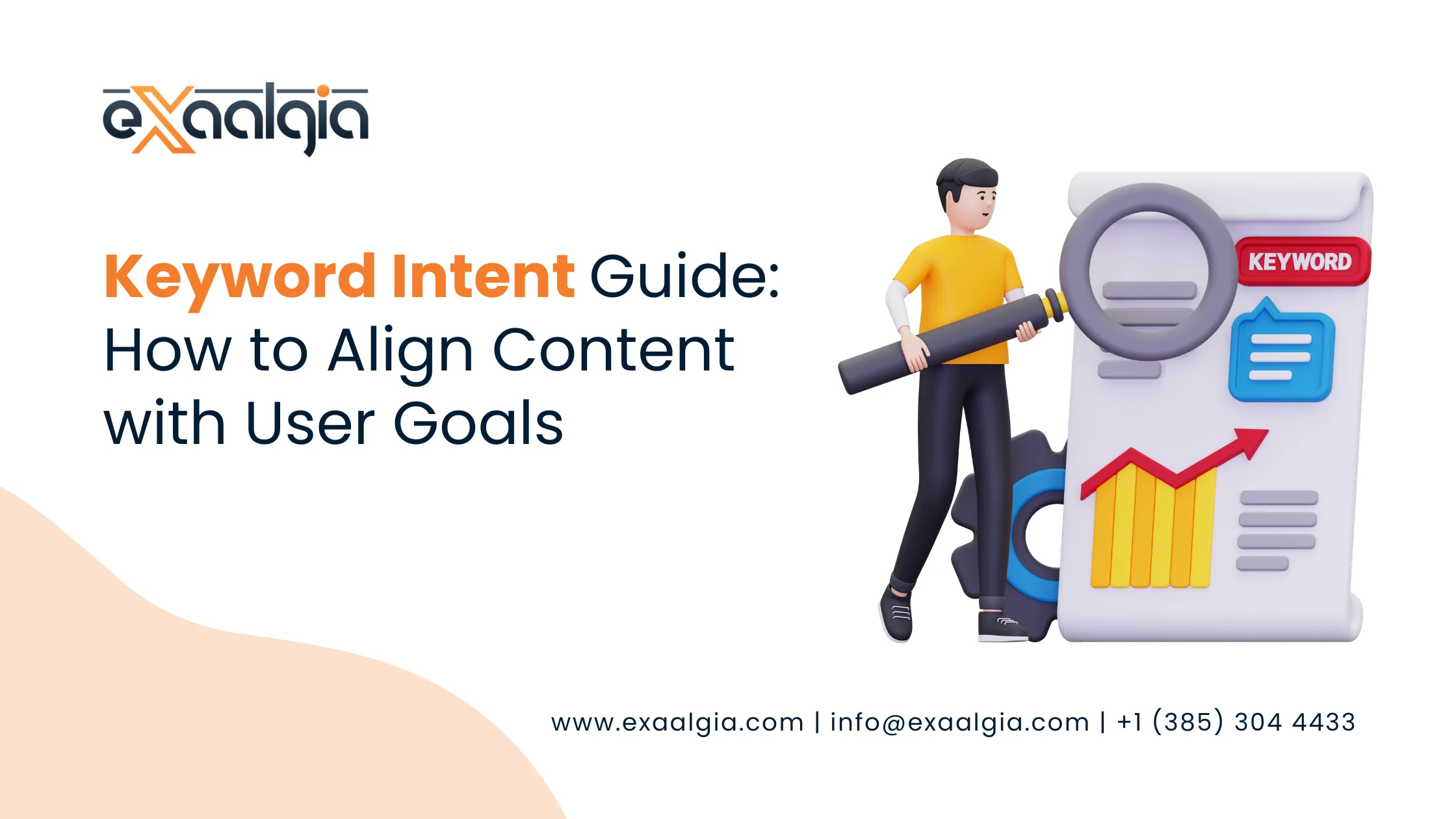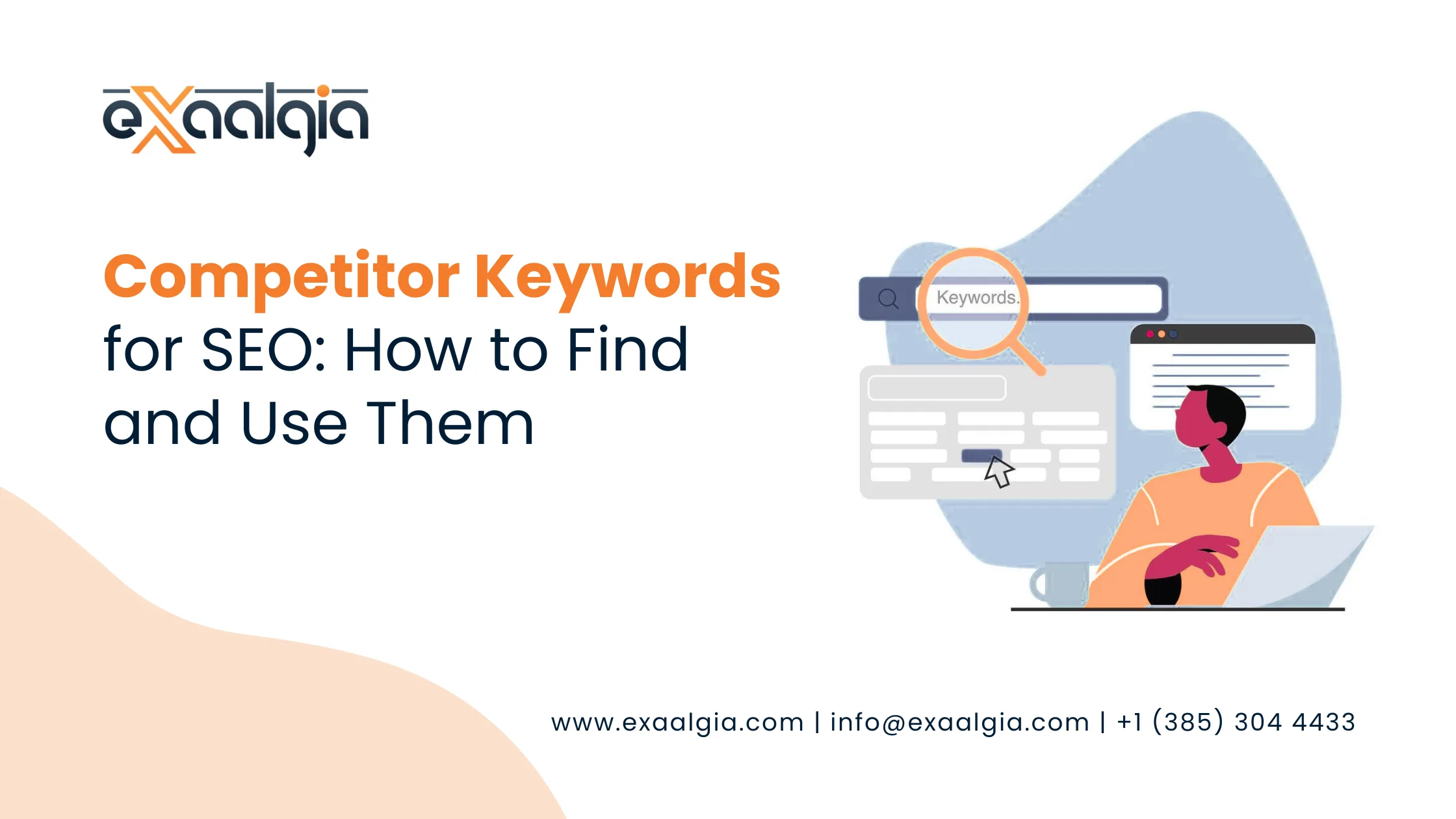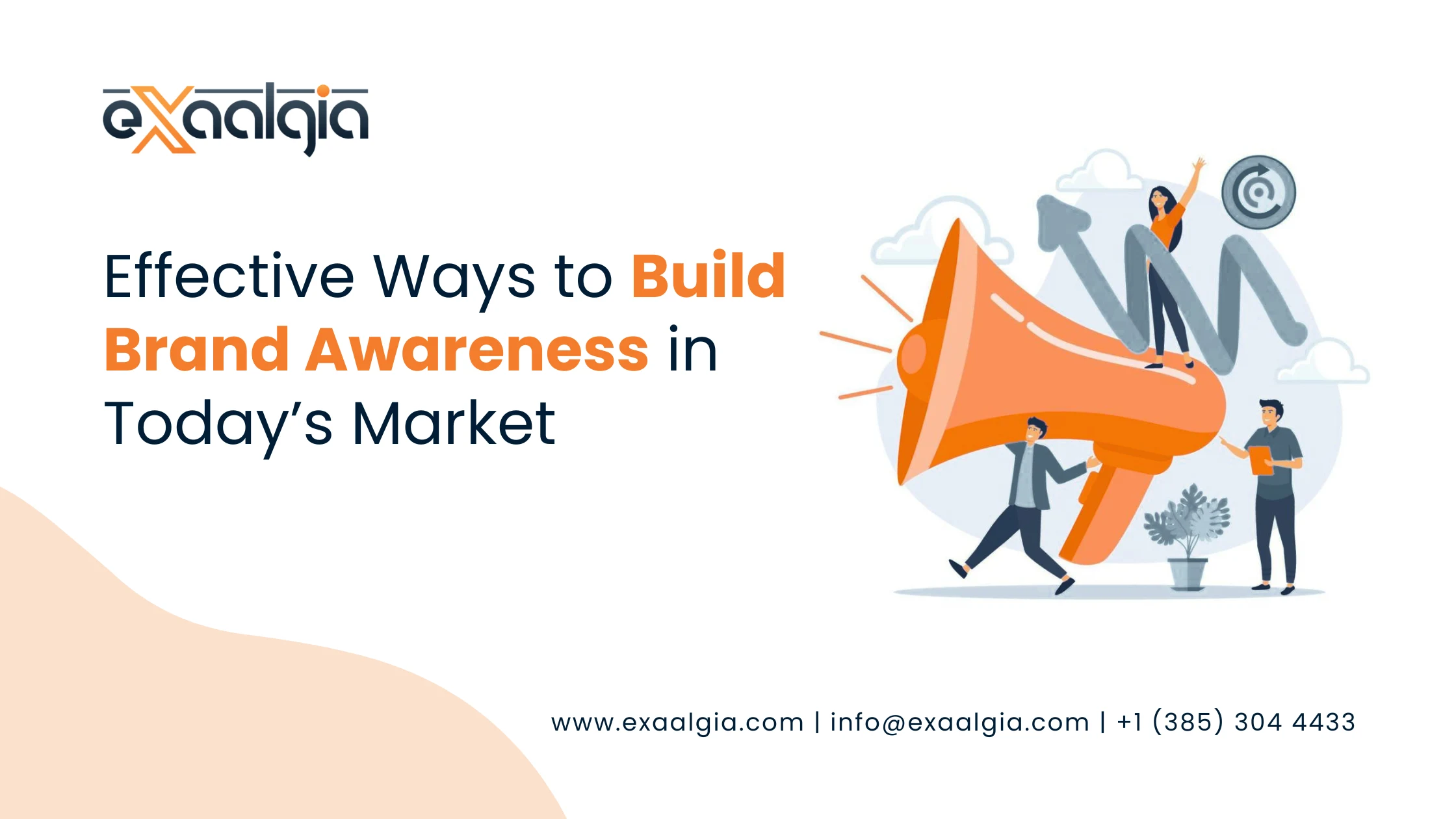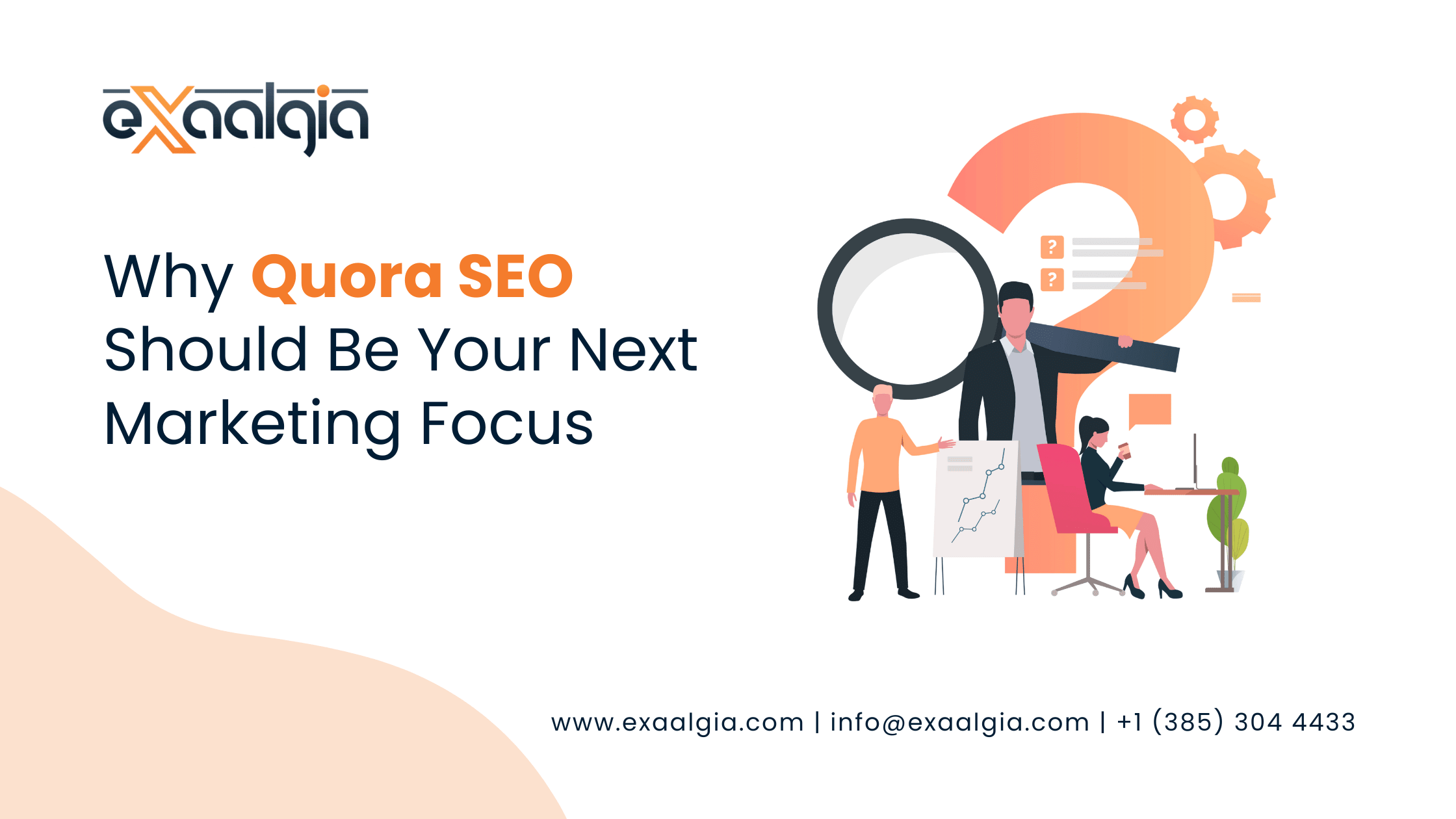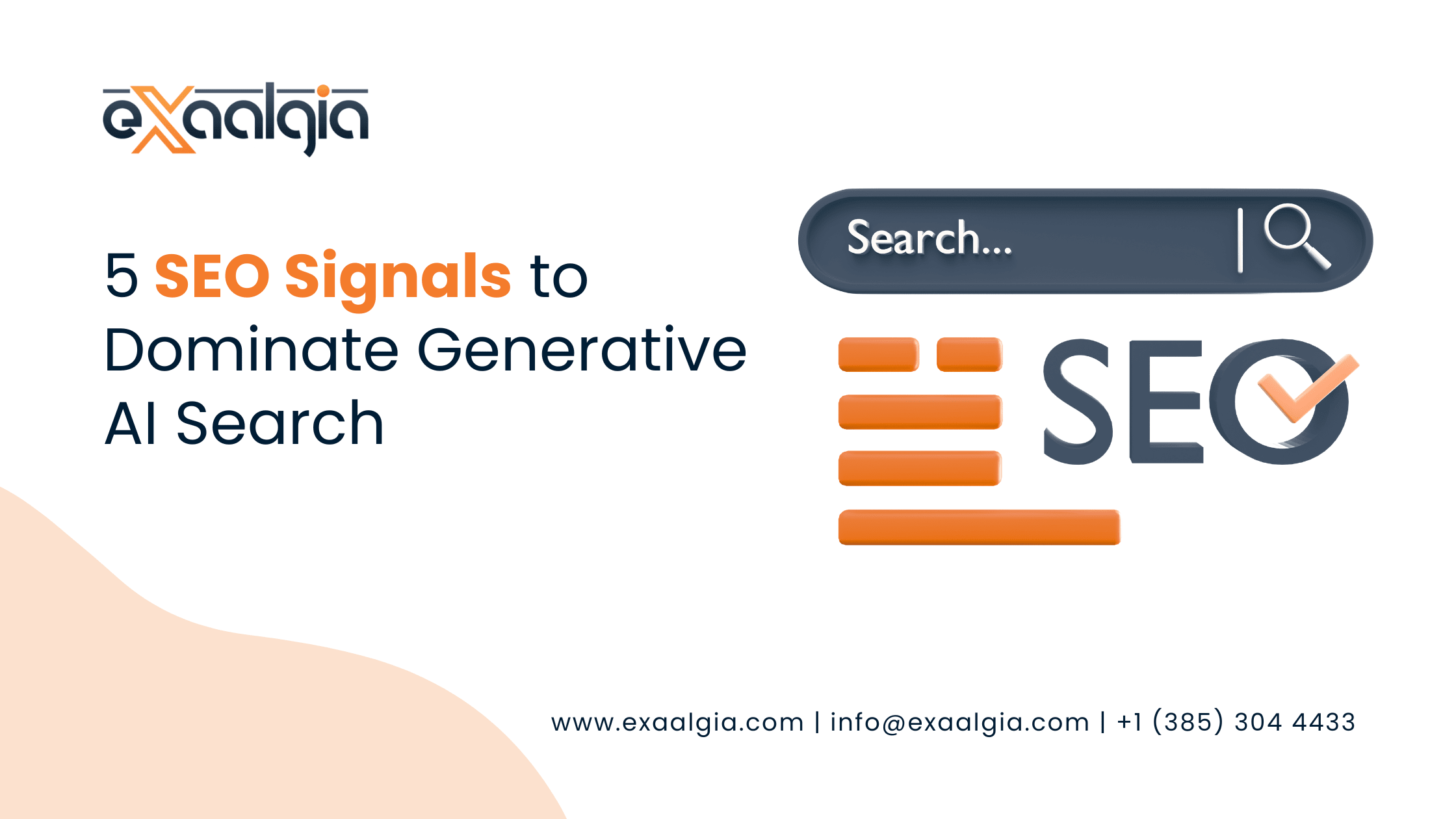This notion is the basic ground of today’s content strategy. Any technical SEO, link building, and quality content investment will be of little use if the main content is unfriendly to the user’s purpose behind search. For strategists and business leaders, spotting the searcher’s emotional state is the decisive factor that differentiates high converting, sustainably ranked content from pages that constantly fight for visibility.
This all encompassing guide will reveal keyword intent, explain its four primary types, and give you an actionable framework for its detection and implementation so that you can produce content that not only meets the user’s needs but also helps you to achieve measurable business goals.
What Keyword Intent Is and How to Use It
Keyword intent (also universally known as search intent) refers to the premeditated reason, target, or goal that a user has in their mind when they input a query in a search engine. It provides an answer to the vital question: What is the searcher eventually trying to achieve or understand with this term?
Search engines are highly developed tools for solving problems. Every keyword indicates a particular need. Imagine, the two queries “best home printer for small business” and “buy HP OfficeJet Pro 9025e” have totally different intents, although they are connected to the same products – one is about research and comparison, the other is about the final purchase, and the treatment is like that of the family of animals.
Google’s algorithm is designed to uncover such subtlety. One of the main goals of the algorithm is to provide the quickest and also the most satisfying result right away. Google will give a competitor’s solution precedence if your content is technically perfect but does not meet the user’s intent. Competitors will have better chances of getting through to the users, if they are not matching the searcher’s need. This deep understanding of the user’s perspective, rather than just being concerned with keywords, is what successful SEO takes.
How Keyword Intent Shapes Your SEO Results
The significance of intent in SEO is paramount, it controls the user experience, the way of conversion, and the perception of the algorithms.
1. The Direct Path to Higher Rankings
Google, through user behavior signals, validates its rankings.
Positive Signals: When the content is in line with the intent, the users stay for a longer period (high dwell time) and interact with the material (low pogo sticking/bounce rate) and Google interprets this as satisfaction and rewards the page by improving its rankings.
Negative Signals: If the content does not align with the intent, the user reverts to the SERP instantly to click on a competitor’s link which signals the content failure and demotes the ranking.
2. Unlocking Conversion Potential
The marketing funnel stage is directly linked to intent. A person, who is only looking for a definition, cannot be sold to.
Targeted Content: Discovering the intent lets you to give the exact content type, a white paper for informational users or a product page for transactional users.
Maximizing ROI: This correspondence guarantees that when a user is ready to purchase (high-intent), the product, price, and a clear call to action (CTA) are presented to him immediately, which leads to the highest conversion rates.
3. Efficiency and Content Strategy
Intent targeting leads to minimizing resource waste. It is inefficient to produce content that does not help the user in achieving his goal.
Purpose-Driven Planning: Ranking keywords by intent ensures that every content piece, whether short form or long form, has a clear purpose related to a measurable business objective, thus making content investment extremely strategic.
4. Future-Proofing with E-A-T
Google’s algorithmic updates always turn a blind eye towards expertise, authority and trustworthiness (E-A-T). The content that is in perfect harmony with the intent is regarded as the most authoritative, since it entirely meets the user’s needs. This primary need being met creates a bond of trust with the brand and secures your position in the ranking even if there are changes in the algorithm.
Understand the Four Main Keyword Intents
Search engine optimization distinguishes 4 primary intent types from search behavior. To get the most visibility across the entire customer journey, it is very important to strategically map your keywords to these types.
4.1. Navigational Keyword Intent
Goal: User wants to move to a specific website or a page within the site that he/she already knows.
User Mindset: “I am fully aware of the destination, all I need is a shortcut.”
Identifying Characteristics: Branded keywords together with the corresponding actions (e.g., “sign in,” “account,” “vacancies,” “official site”).
Examples:
“Gmail sign-in”
“Netflix customer support”
“Apple store locator”
Content Strategy: Make sure that your official homepage or selected internal page is the top result for all the relevant branded navigational queries.
4.2. Informational Keyword Intent
Goal: The user is looking for knowledge, facts, definitions, or general answers to the question.
User Mindset: “I want to learn something,” or “What is X?” (Top of the Funnel – ToFu).
Identifying Characteristics: Words like “how to,” “what is,” “why,” or “guide,” “tutorial,” “definition,” “examples” are frequently used.
Examples:
“How to start a podcast”
“What is cryptocurrency”
“Best practices for content marketing”
Content Strategy: Creating extensive, educational content:
- In-depth manuals and lengthy articles.
- Content planned to gain featured snippets and fill in people also ask (PAA) sections.
- The main aim is to create brand authority and get qualified, early stage traffic.
4.3. Commercial Keyword Intent
Objective: The user is doing a pre-purchase inquiry, product, or vendor evaluation, and comparison.
User’s Mentality: “I want the best option; I am evaluating and comparing alternatives before making a choice.” (Top of the Funnel – ToFu).
Recognition Indicators: Keywords include comparison words such as “best,” “top 10,” “review,” “vs,” “alternative,” or “specific feature” questions.
Illustrations:
“Best CRM software for agencies”
“Apple iPhone 15 vs Samsung Galaxy S23 show-off”
“HubSpot CRM price comparison with alternatives”
Content Plan: Content should be supportive of the decision-making process:
- Thorough product comparison web pages and infographics.
- Professional critiques and in-depth customer feedback.
- All inclusive buyers’ manuals with enabling factors for the choice making process.
Main performance targets are to get qualified leads, email subscriptions, and demo requests.
4.4. Transactional Keyword Intent
Goal: The user is in a position to take a measurable and immediate action, which is generally either a purchase or a sign-up.
User Mindset: “I am literally waiting to buy or sign up.” (Bottom of the Funnel – BoFu).
Identifying Characteristics: Employs action words: “buy,” “price,” “discount,” “coupon,” “sale,” “order,” or “sign up”.
Examples:
“Buy new MacBook Pro 2025”
“Download free SEO template PDF”
“Discount code for Shopify”
“Insurance agents near me”
Content Strategy: Needs very high-converting assets:
- Product and service pages that are fully optimized.
- Pricing pages and checkout processes.
- Separate landing pages with main, easy to understand call to actions (CTAs).
The whole process is about speed and making it as easy as possible for the user. The critical metrics are conversion rate and revenue generated.
Keyword Intent Identification Techniques for Better SEO
The proper identification of intent depends on the thorough examination of the way the search engines handle the query, the method which combines manual checks with automatic tool based efficiency.
Manual SERP Analysis for Accurate Keyword Understanding
Google’s SERP is the most reliable means of finding out the intent. What is at the top of the list is what Google thinks is the best answer to the inquiry.
Use an Incognito/Private Window: Be sure that the results are not influenced by your past browsing history.
Look at Content Format: Take a close look at the first ten results. Is the SERP mainly filled with online stores product pages (Transactional)? Long articles and how-tos (Informational)? Or reviews listicles (Commercial)? The prevailing format indicates the intent.
Check for SERP Features:
If shopping carousels or a local pack is available, it means that the intent is either transactional or local.
Definitions in featured snippets and large PAA boxes reveal Informational intent.
Video carousels are commonly found for “how-to” (Informational) or “review” (Commercial) queries.
Keyword Tools to Identify Intent
The specialized SEO devices help the detection of intention on a large scale, which means that a lot of manual effort is saved.
Keyword Overview: These tools quickly and automatically assign a keyword’s main intention (I, N, C, or T) by analyzing the layout and attributes of the ranking SERP with an algorithm. This gives a quick, data backed view of single keywords.
Keyword Magic Tool: This is very important for the content strategy. You can enter a general topic and the thousands of connected keywords that come out can be filtered according to the type of intent that was determined. This means that the content teams can immediately produce two lists of targeted keywords – one for the creation of Informational content and the other one for the optimization of transactional pages, thus simplifying the whole production process.
Creating SEO Content With Keyword Intent Focus
Detecting the intention is like a doctor’s diagnosis, producing the content is like the treatment. The last step involves the alignment of your content’s structure, format, and CTAs with the identified intent perfectly.
| Keyword Intent | Strategic Goal | Ideal Content Format(s) | Primary Success Metric |
| Informational | Build awareness & establish authority. | In-depth Guides, Whitepapers, Tutorials, Long-form Blog Posts. | Organic Traffic, Time on Page, Returning Visitors. |
| Navigational | Direct users to the correct internal page quickly. | Homepages, Contact Pages, Login/Account Portals, Branded Landing Pages. | Direct Traffic, Branded Search Volume. |
| Commercial | Drive product consideration and evaluation. | Comparison Pages, Expert Reviews, ‘Best Of’ Listicles, Buyer’s Guides. | Qualified Leads, Email Sign-ups, Demo Requests. |
| Transactional | Secure a direct conversion (sale, sign-up, etc.). | Product Pages, Pricing Pages, Service Landing Pages, Checkout Flows. | Conversion Rate, Revenue Generated, Transaction Volume. |
To bring about the desired content alignment, it will have to be seen in every component: the title tag, the headline, the format, and, above all, the call to action. Nevertheless, the CTA for a situation where the user intends to make a transaction must be of high commitment (“Buy Now”). While for a situation where the user seeks information, CTA should be low commitment (“Download a Free Guide”). This deliberate alignment is the reason why high organic rankings are turned into measurable business value.
Keyword Intent FAQs: Clarifying Your SEO Doubts
Q: Can a keyword represent more than one intent at the same time?
A: A keyword can definitely show multiple intents at once (e.g., “best marketing automation tools”) to some extent. It is mostly commercial (researching a purchase), but the leading pages will still have to offer extensive, informational material. In such cases, first, address the main intention and then, in a selective manner, add to it (e.g., through a thorough FAQ section) to meet the second intention.
Q: Why is “Pogo-Sticking” a problem that is linked to intent?
A: Pogo sticking, whereby a user clicks back to the SERP right after visiting a result, is the most potent negative signal of an intent mismatch. It indicates to Google that the content could neither present the format nor give the user the answer he or she expected so that the content will suffer from reduced ranking alongside the negative consequence.
Q: Should I try to target multiple intents with a single piece of content?
A: Attaining ranking victory necessitates the selection of a singular primary intent as the major one. Still, the use of the secondary intents (for example, linking from an Informational article to a transactional product page) is allowed, but fusing the two primary intends (to be a deep guide and a final checkout page) usually ends up failing to meet either user goal efficiently.
Q: Why do local searches often have Transactional intent?
A: Local searches (like “locksmith near me,” “best pizza in [City]”) are very transactional because the user wants to do something right away, like calling, visiting, or ordering. This action oriented intent is perfectly served by Google’s local pack, which gives the user contact and navigation options immediately.
Align Content With Keyword Intent
There is no longer a time when the strategy for SEO was just to fill the website with keywords. The empathy of being able to look at a keyword and see the user’s hidden journey has become the main quality of successful SEO strategies. When you are able to master keyword intent, you not only provide content that is very good at ranking but also serves your audience, establishes your authority, and generates measurable revenue. Make the intent analysis your first non-negotiable step and guarantee your long term SEO success.

